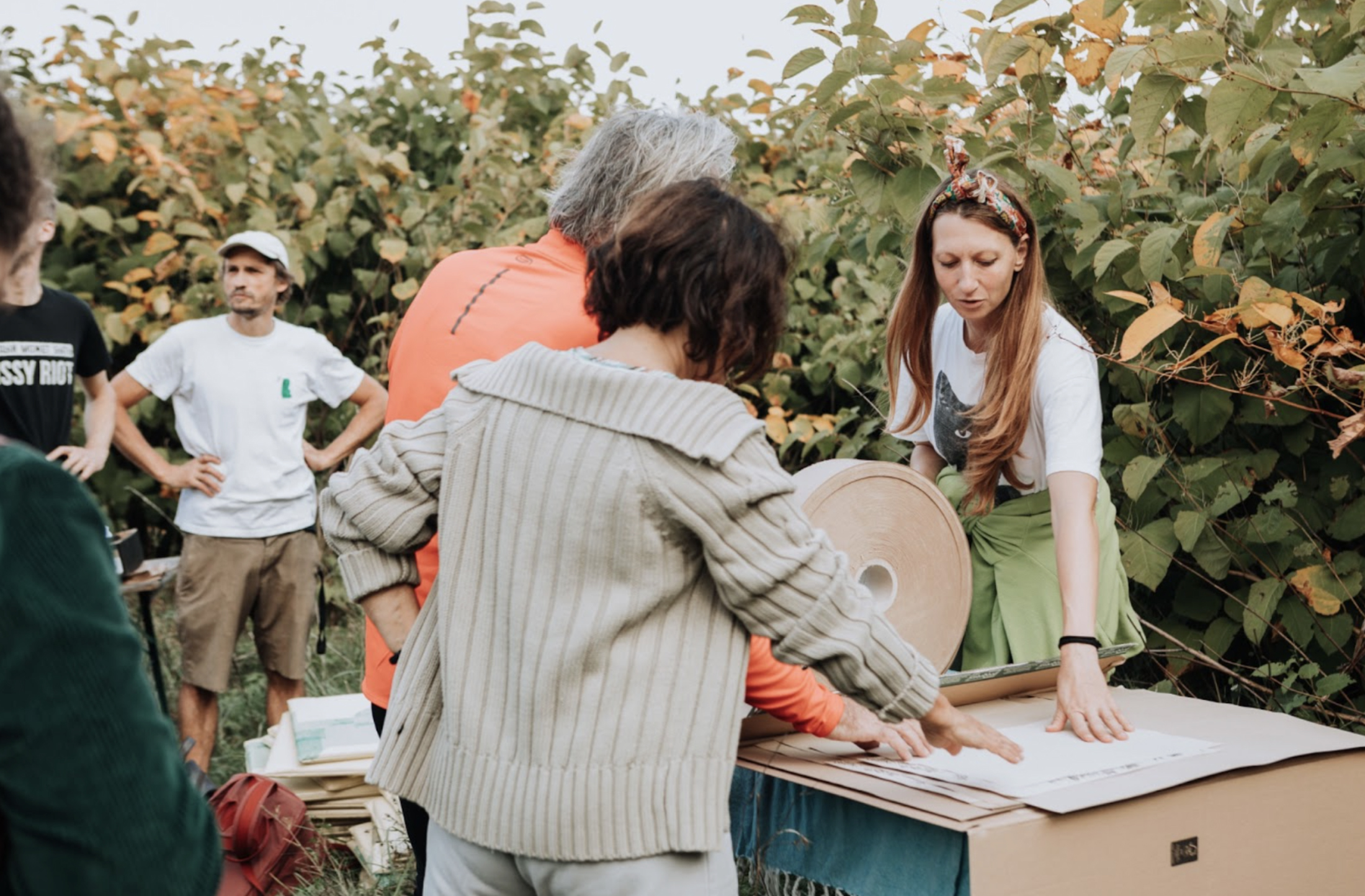When I look at your projects - whether river restorations or town squares - they always feel like they've been there for centuries. There's something almost anonymous about them, as if nobody designed them at all. How do you approach this idea of "anonymous architecture"?
You know Wang Shu, the Chinese architect who won the Pritzker Prize? He works with his wife in something called Amateur Architecture. It's this way of being an almost shy architect - you don't want to be seen.
I'm clearly not fishing for publicity. We started working at the university in the '70s when the academic program was quite poor, so we created a counter-program. I spent time studying at the Architectural Association in London, and I saw this group of students in Glasgow who were rebuilding houses - they had tools, dealt with electricity and plumbing. There was this connection between political and social preoccupation - architecture had to be more in phase with what we were expecting from society.
Architecture can very easily become a star system. In '76, we were selected for the Venice Biennale with an experimental house for children. We called ourselves "the clown group" -
Was it only architects in this group?
At first, yes, but we soon realized we were facing this apartheid situation with big names. Either we'd have new architecture or we'd have a revolution. I was reading outside the architectural field - in psychiatry - and I met David Cooper, who said: "If you want to go beyond this contradiction and change society so we can have different architecture, you should collaborate with other groups trying to do something different in their fields."
So we immediately started working with farmers who were trying to create alternative agriculture. We built for them. For me, the size of the project isn't important - it's more difficult to make a small project than a big one, just like in poetry. A haiku is perfect in its brevity, while a novel can have weak moments.
We always had this idea about names because I never had a real architectural office - I worked at the university, so it was always a group effort.
Your projects unfold over very long periods - eight years for Lancy park, 23 years for the Aire project. This seems to align with natural processes, where plants establish themselves and ecosystems develop. How do you think about these different temporal rhythms in your work?
We succeeded with the Lancy park because we had no general plan. We started with one element - a year later came a fountain, then a pergola, another component. At the end, you have a general plan. If we had shown this general plan at the beginning, it would have been refused - too much, too ambitious.
It's not due to administration - it's our own process of progress. We constantly brought small interventions, piece by piece.
The total cost was maybe 1 million Swiss francs. In terms of fees at 10%, working over 10 years - in a private office, this would be impossible economically.What I'm indebted to universities for is giving me time to go deep into projects.
You mention seeing the limits of even successful projects. Can you elaborate?
The Aire project has been quite successful - it's considered a reference now. But I see its limitations. It's not a complete solution.
Bergson, the philosopher, said "The worst enemy of thinking is a false problem." You have to build the problem correctly before solving it. In architecture, you often get false solutions because everyone's running after false problems.
I fought on this for 23 years, and I think we see the problem better now. We have partial solutions, but we're far from solving the general problem. When I was a child, I remember this area - the water was clean, there were lots of fishermen and fish. Now we have a more "acceptable" river, but you still can't drink the water. This is the world problem now - all rivers are contaminated by chemicals.
For river restoration, you face a real problem: you have no right to address the watershed. There were biology reports saying the water was contaminated because of agricultural practices. I made a report suggesting farmers should shift to agroforestry, but the state said "You have no right to interfere - farmers are too conservative and precious."
How do you respond to people who say these limitations make architecture impossible?
I refuse that attitude. It's like with ecology - you could say it's a disaster, it's over, give up. No. I remember Pier Paolo Pasolini, the filmmaker. In the '70s in Rome, he wanted to preserve a small city garden. Some leftist journalists told him, "Pier Paolo, you're too shy, it's too small. All of Italy should be a garden." Pasolini said, "Because we had to do everything, we did nothing."
There's always this idea that small things can matter. For me, it's the only way to act. I love architecture, I like to draw - it's the only thing I can do.
You work as an architect but focus on landscape. What's your view on the division between architecture and landscape architecture?
My friend Kenneth Frampton says the educational separation between landscape architecture and architecture is a complete disaster. Now architects know how to make a house, but you fly over and see no relation to the site. Landscape architects have no idea about tectonics - they're very weak in construction.
I'm not a landscape architect by education - I was trained as an architect. But I was born in the countryside, so I know the names of trees. You don't need university to recognize a cherry tree.
For me, the basic principle is that the project is already in the site. It's up to you to see how you can intensify, modify, or change it. You don't have to be conservative, but you have to work with what's there.
Can you explain your design process?
I'm influenced by Álvaro Siza's approach. When he was a student, he was taught to accumulate data about society and geology, then make the project. He said for years he had this accumulation of data but absolutely no project ideas. He took the habit of going to the site and drawing it - not photographing, but drawing. Drawing is selection. Think of projects like Le Corbusier's La Tourette monastery built into the slope.
Siza said you select something in the site - urban elements, landscape, mountains - the strongest elements. Then you analyze with an idea, otherwise analysis is useless. When you look at Siza's buildings, like his swimming pool in Leça da Palmeira, they feel like they've always belonged to the landscape - you can't imagine better landscape architecture.
This connects to AI now, because AI is an accumulation of data and calculation. But creation is not calculation - it's invention.
Speaking of AI, do you think it could help with complex site analysis, like predicting river flow patterns?
I must confess, I don't really use AI. Maybe when I use my phone involuntarily. I'd be very careful about predicting the future - sometimes it's frightening.
I read about AI in medicine where doctors have a problem: the AI makes a diagnosis, but doctors don't know why because they can't see the reasoning.What happens when the doctor doesn't follow the AI recommendation? Or if they do follow it blindly?
Today they're investing billions in this, but where does it lead us? When you have people saying "my problem now is going to Mars" - that's just money-driven craziness.
For what I'm doing, I work with scientists, biologists - that collaboration is already complex enough without adding AI.
Let me give you a specific example. In south Bohemia, there's a huge dam at Lipno. In winter, you can see the original river meanders flowing through the ice because the current is still there, making the ice thinner along the old path…
That's fascinating - the original geography persisting despite human intervention.
Exactly. Do you think AI could help predict how rivers will behave when you give them space to flow naturally?
In our situation, when we started competitions, I worked with cartographers very methodically. I examine all maps from the 19th century to see how things were, then how they changed. Many projects of this nature try to return to a "natural" state, but there are reasons not to do that. When you make everything look "natural" again, people say "Oh, it's beautiful, we've restored nature," but they don't see the problems that caused the degradation in the first place.
When we keep the canal but transform it into public space and give more space to the river, the combination creates what I call dialectical landscape.Walter Benjamin talked about this - there's always tension between two things, like something very old and something very present - a collision of space and time.
We wanted people walking there to still see what the experiment was about, to understand the before and after. Otherwise you lose the educational value.
This idea of showing the "before and after" is really important for collective memory.
Exactly. If you only show the "after" and don't reveal what was wrong, people forget, so they can repeat the same mistakes in the future.
We made this project with scientists from Berkeley and Beijing University. When you do innovation, you don't know what will happen, so you need to follow and control the situation. This is another problem - you're not paid for long-term monitoring.
In Geneva, we had a miraculous situation: the politicians backed the project for 23 years, and the head of river services was the same person for 23 years. This continuity is necessary for coherence.
Now we work in Belgium where they constantly change services and personnel. They get permits, then financial people say the project costs too much, so it's abandoned. We've seen this 10 times - young architects become accomplices to this system because the projects are never built.
That's why I prefer small projects that can actually be realized - people can experiment and see it's possible.
What gives you the most satisfaction in your work?
When I see children playing in spaces I've designed - that's a big joy. I often reference Donald Winnicott, the British pediatric psychoanalyst from the '50s. He said he had helped deliver 60,000 babies but never had a baby himself. Yet he said, "I had no better position than many parents - I never forgot that I was once a child."
He wrote about playing and reality, distinguishing between "game" and "play" in English. Games have rules, like chess. Play has no rules - it's open creativity.
Winnicott said something beautiful: "A child can only create an object because this object is already existing." A little boy finds a piece of wood and says "it's a sword, it's a gun" - he can only create this transformation because the wood already exists.
I found a canal and a meadow by the river - if I hadn't had these elements, I couldn't have done the project. The child transforms what exists, just like we do. It's better to let children do that than to make fixed metal playground equipment.
How do you present projects to clients and communities?
I never read texts during presentations - I try to have conversations. It's not for publicity, but as philosopher Isabelle Stengers says, explaining yourself isn't selfish - you explain because you want to get closer to real exchange.
I learned a lot from filmmakers - I worked with Jean-Luc Godard once. There's a great story about this: we were working in a studio space, and there was an old radiator in the middle of the room. The technician said he'd never seen a radiator in the middle of a studio in Hollywood, New York, or Berlin. Godard answered, "Yes, but in Hollywood they have lots of people and scenarios. I work alone with a small crew, and to have ideas, I need to turn around and think - and to turn around, I need something to walk around." He kept the radiator as his thinking object.
Sergei Eisenstein wrote extensively about architecture. He said the Acropolis isn't like Versailles where you understand everything from one viewpoint. At the Acropolis, you explore - you see Athena, then there's a surprise. The Greeks were filmmakers.
So I treat the Aire project like a montage - a way of editing and creating collisions. Eisenstein said editing isn't just one image plus another image linearly - it's one image and another that create a shock, and the third meaning emerges in your brain.
When presenting, I never put up a plan because people start saying "I like this, I don't like that" - you're trapped in stupid questions. Instead, I start with simple site images, then sketches, then more precise drawings, references, models. I tell them a story from beginning to end. They listen like children, and at the end they say "oh, yes."
In the end would you say you are a conservative architect?
People sometimes consider me conservative or traditionalist, which is absolutely not the case. Benjamin said you have to work with tradition, but you must eradicate every conformism from that tradition. Tradition isn't a suite of copies - it's a suite of inventions.
Take Palladio - when we talk about changing agriculture now, Palladio might be the most interesting example. His idea of having beautiful houses connected to productive farms in the countryside - this could be a model for agroforestry today.
The countryside landscape is shaped by farmers even more than we architects realize. It's about finding ways to work with people who are actually shaping the land daily.
There's no point imagining you can work without understanding what came before. It's completely stupid to think you can start from zero.


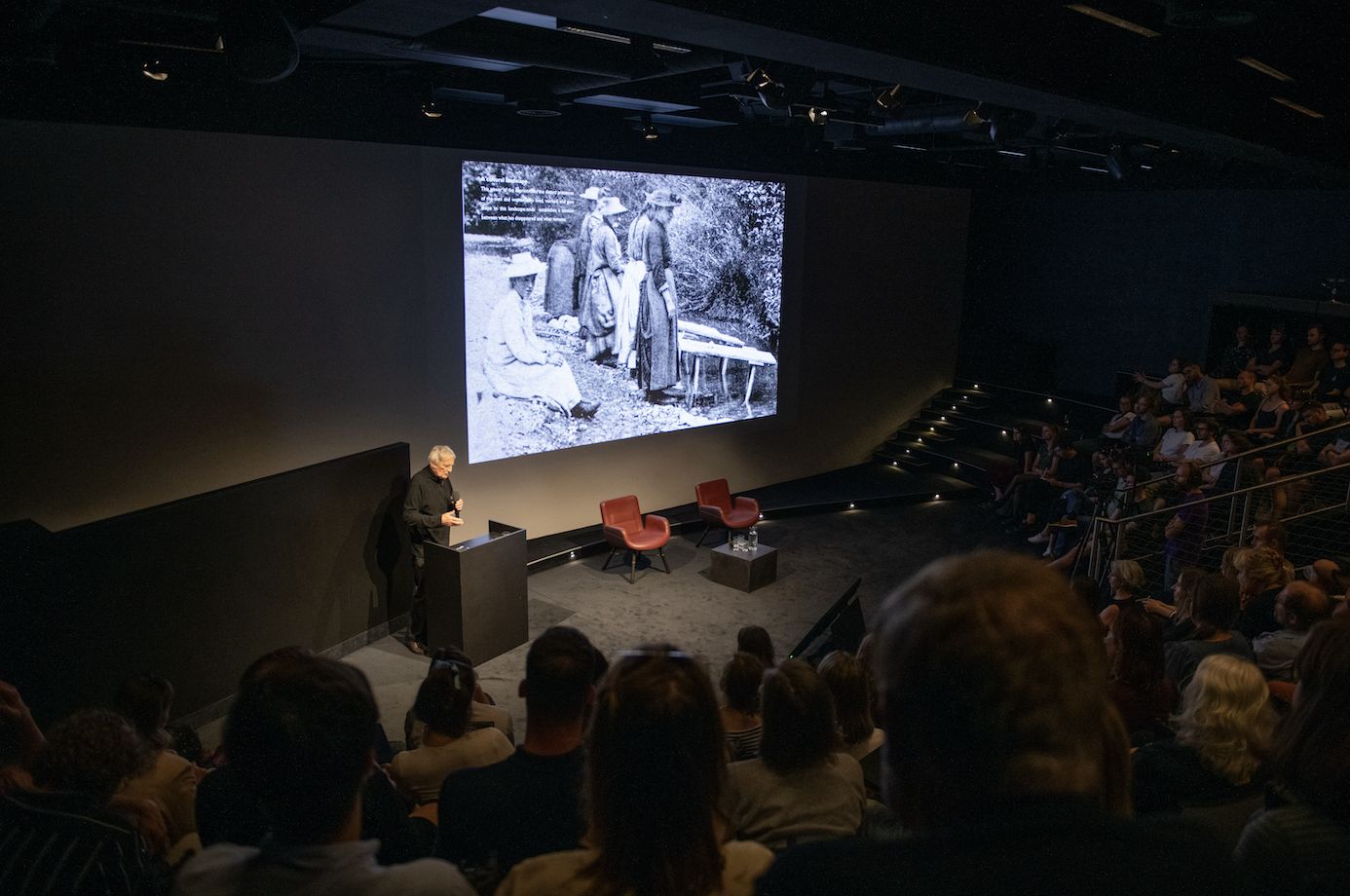
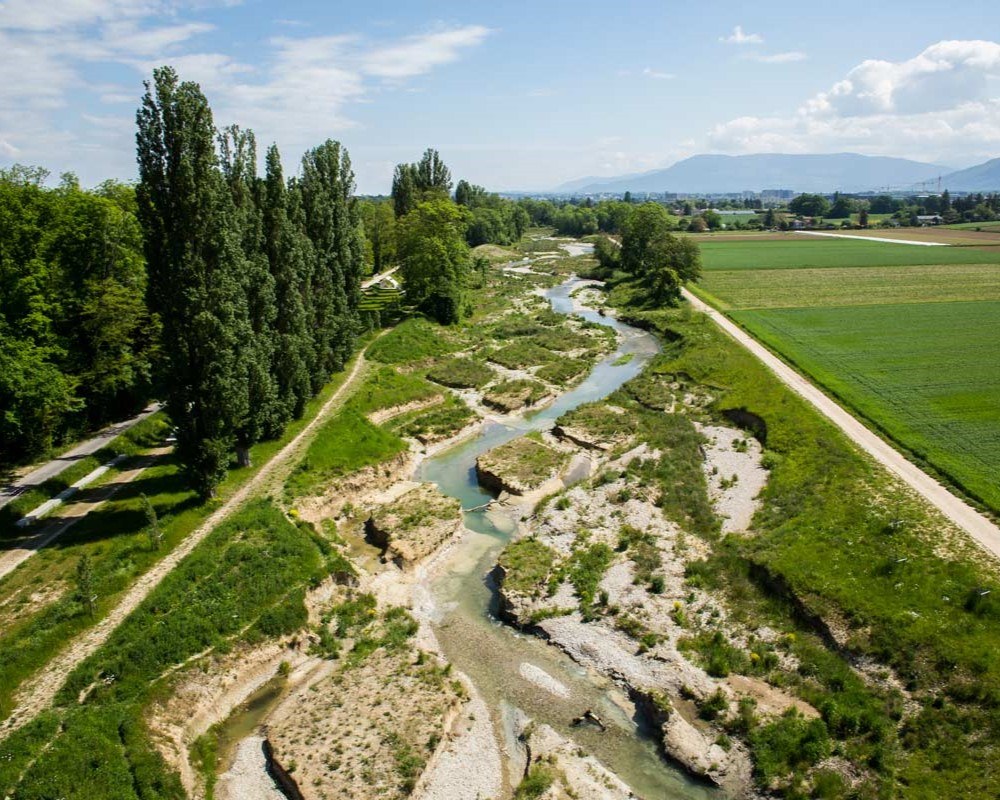
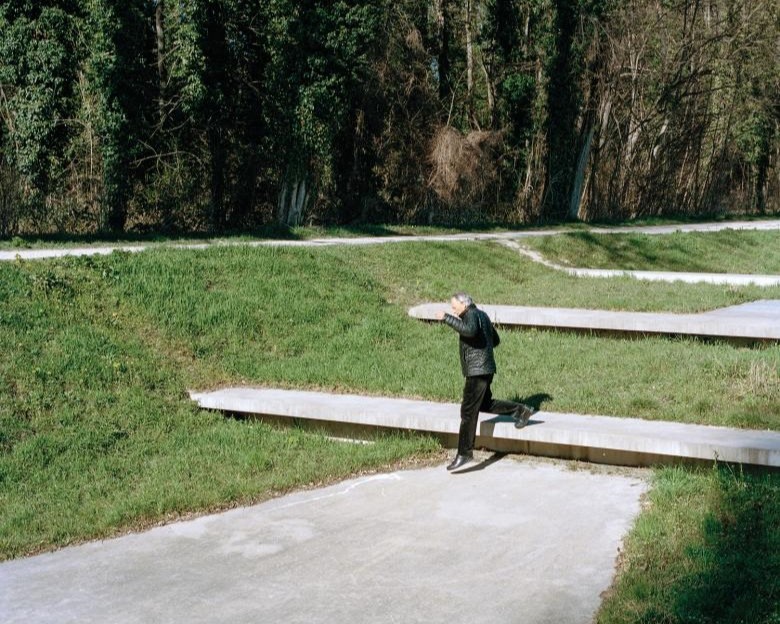
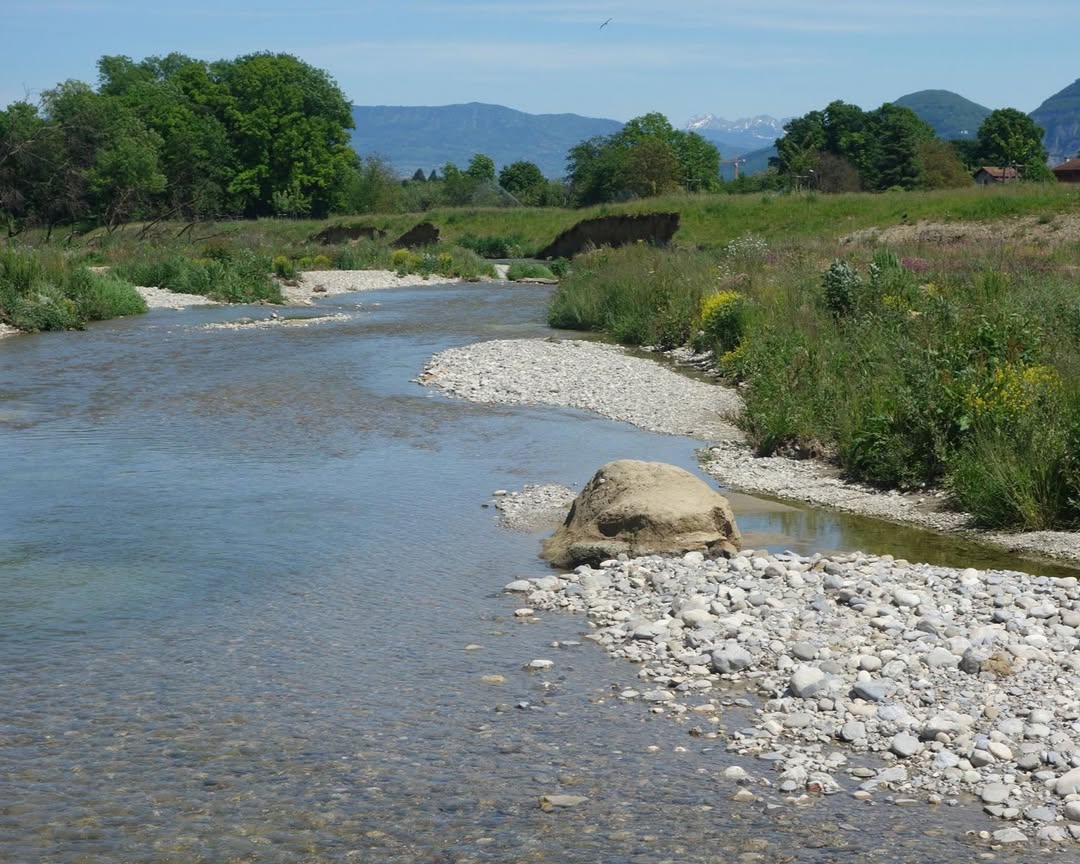
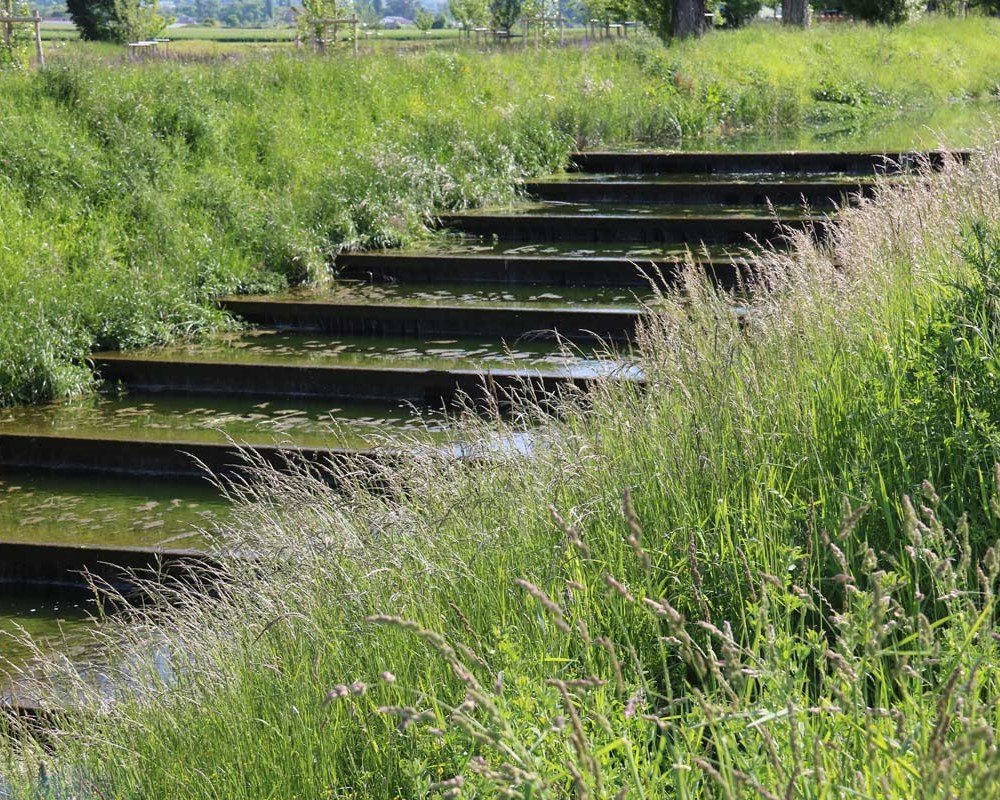
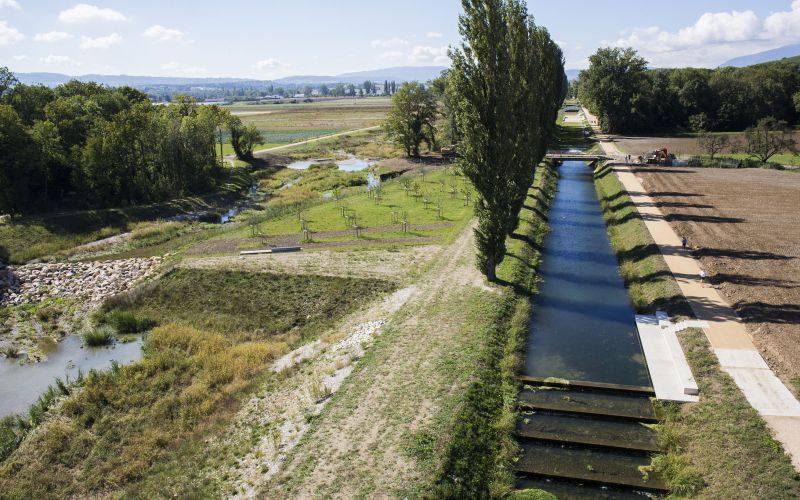
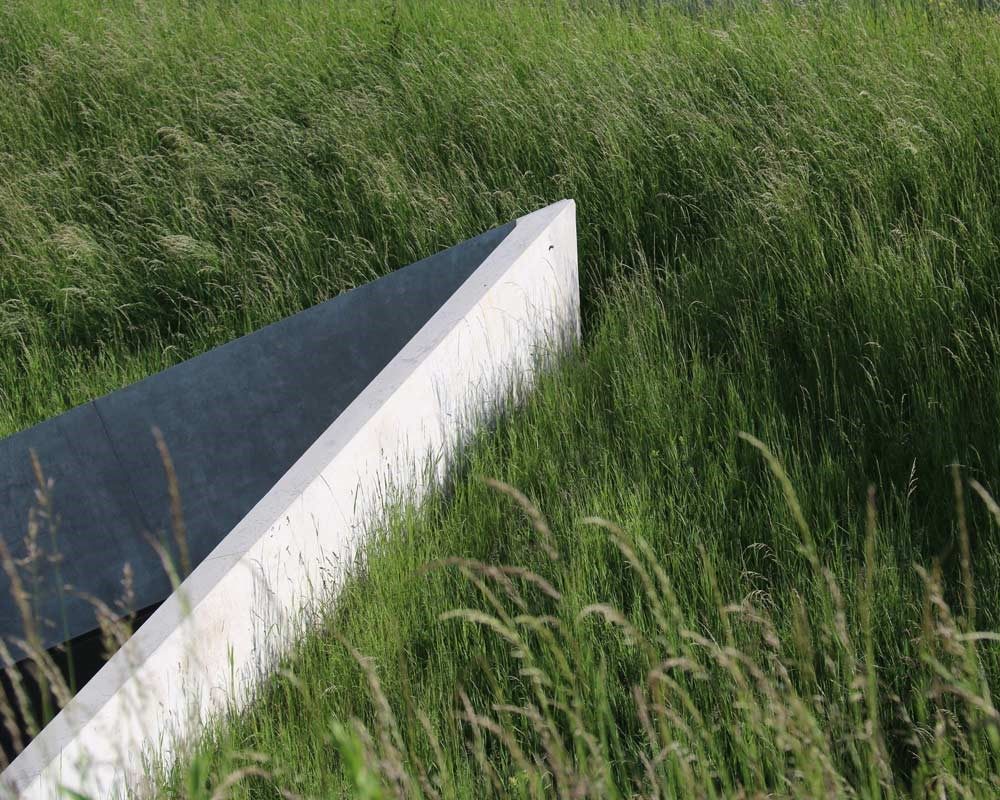
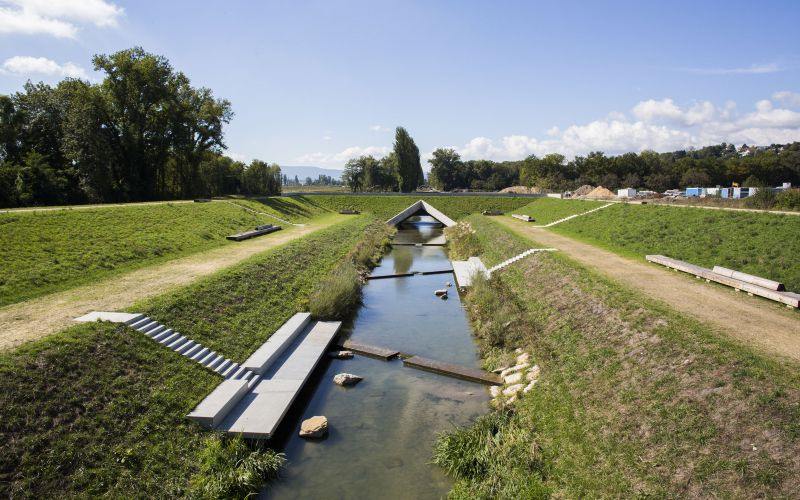
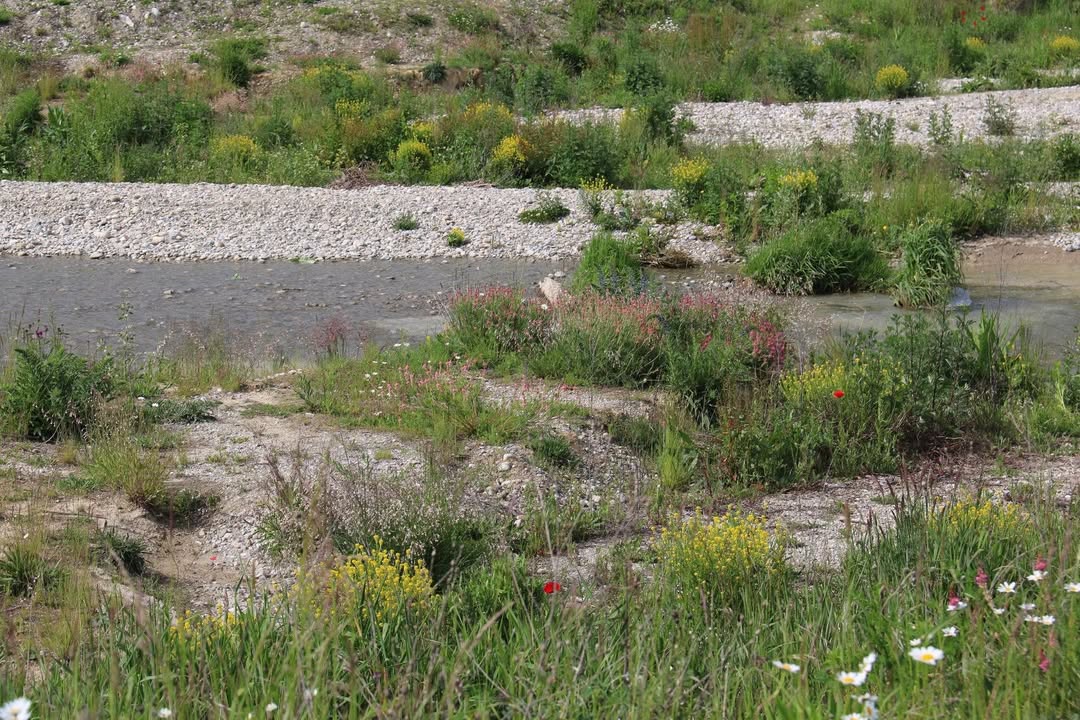
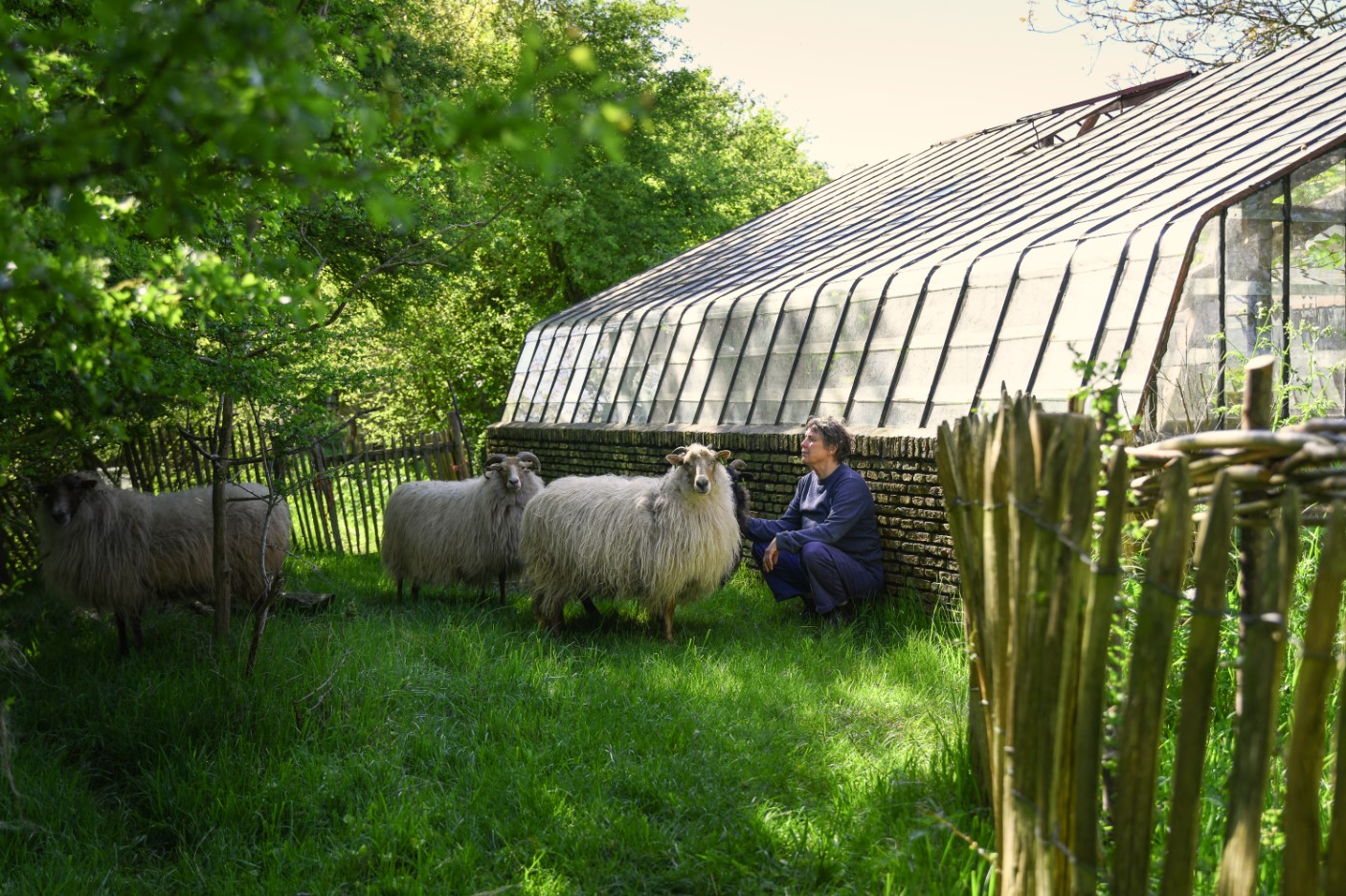
%20(2)%20kopie.jpg)
